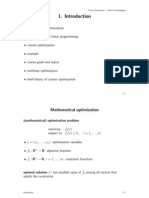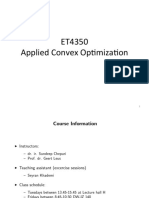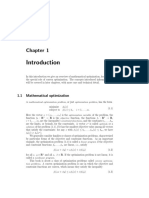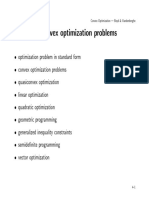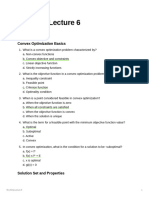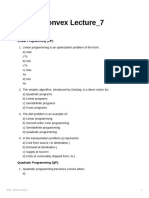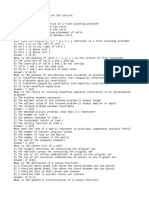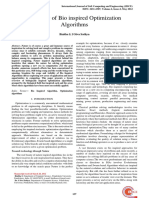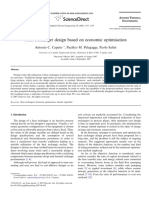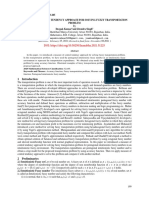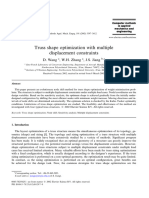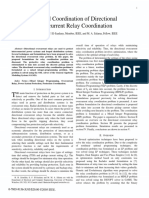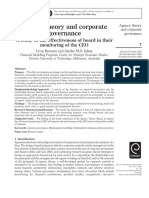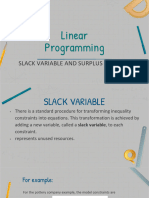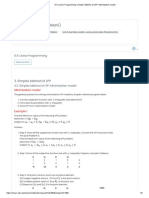0% found this document useful (0 votes)
52 views14 pagesConvex Optimization for Engineers
This document provides an introduction to convex optimization theory. It defines optimization problems and gives examples such as portfolio optimization. It explains that while general optimization is difficult, certain problem classes like least squares, linear programming, and convex optimization can be solved efficiently and reliably. The document outlines the goals and topics of convex optimization theory, provides a brief history of the field, and lists references for further reading.
Uploaded by
xahmed29Copyright
© © All Rights Reserved
We take content rights seriously. If you suspect this is your content, claim it here.
Available Formats
Download as PDF, TXT or read online on Scribd
0% found this document useful (0 votes)
52 views14 pagesConvex Optimization for Engineers
This document provides an introduction to convex optimization theory. It defines optimization problems and gives examples such as portfolio optimization. It explains that while general optimization is difficult, certain problem classes like least squares, linear programming, and convex optimization can be solved efficiently and reliably. The document outlines the goals and topics of convex optimization theory, provides a brief history of the field, and lists references for further reading.
Uploaded by
xahmed29Copyright
© © All Rights Reserved
We take content rights seriously. If you suspect this is your content, claim it here.
Available Formats
Download as PDF, TXT or read online on Scribd
/ 14
